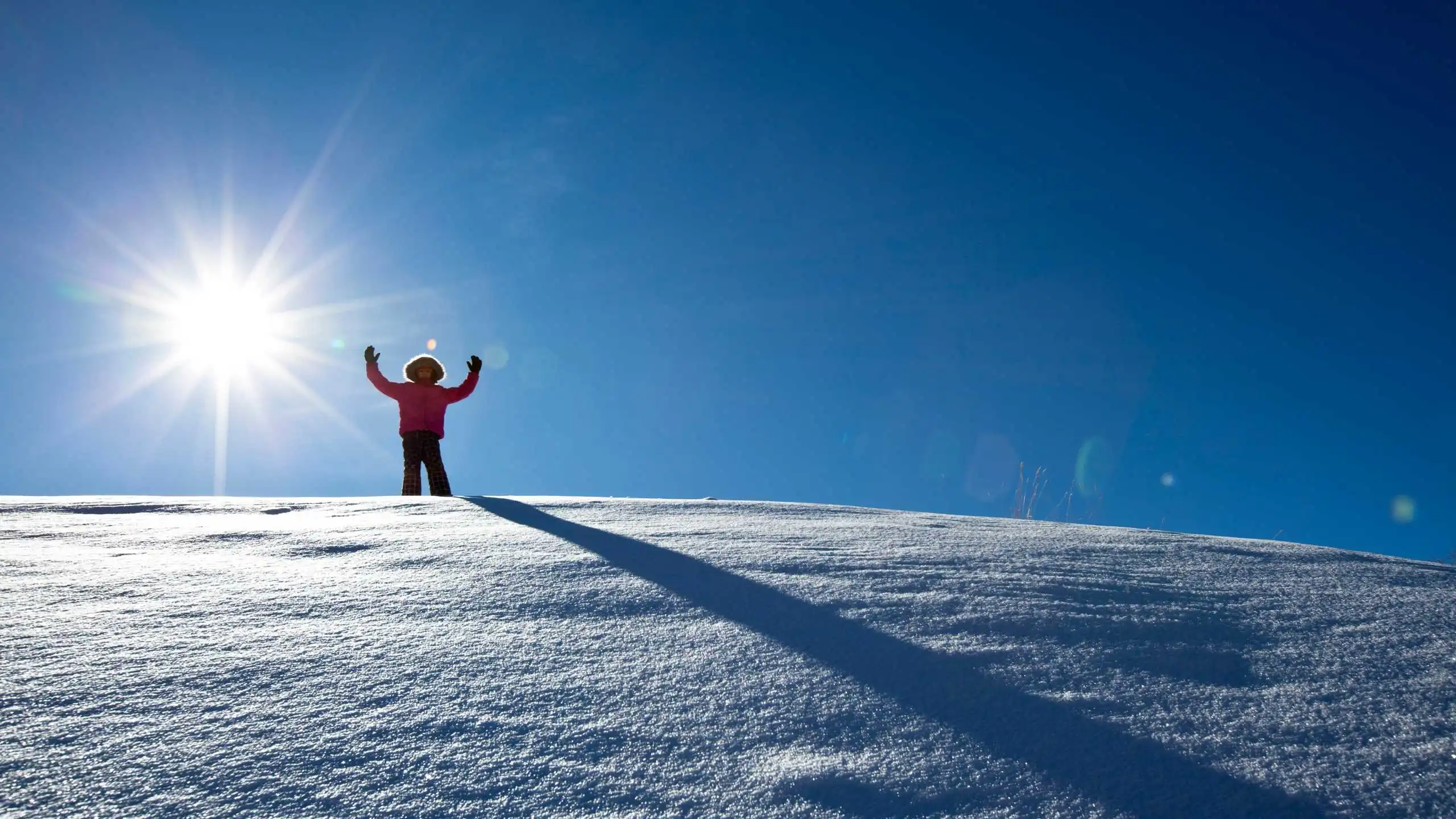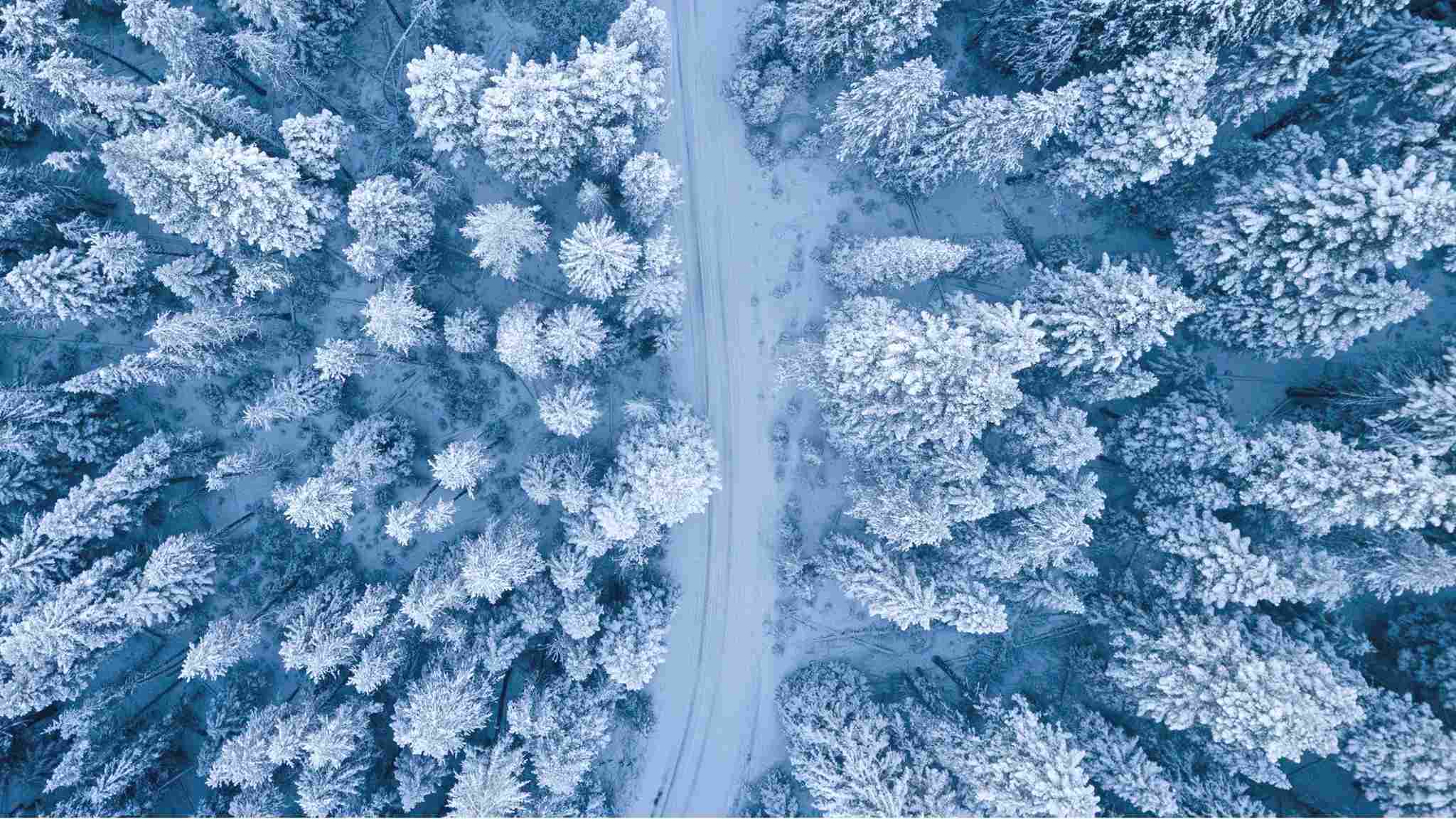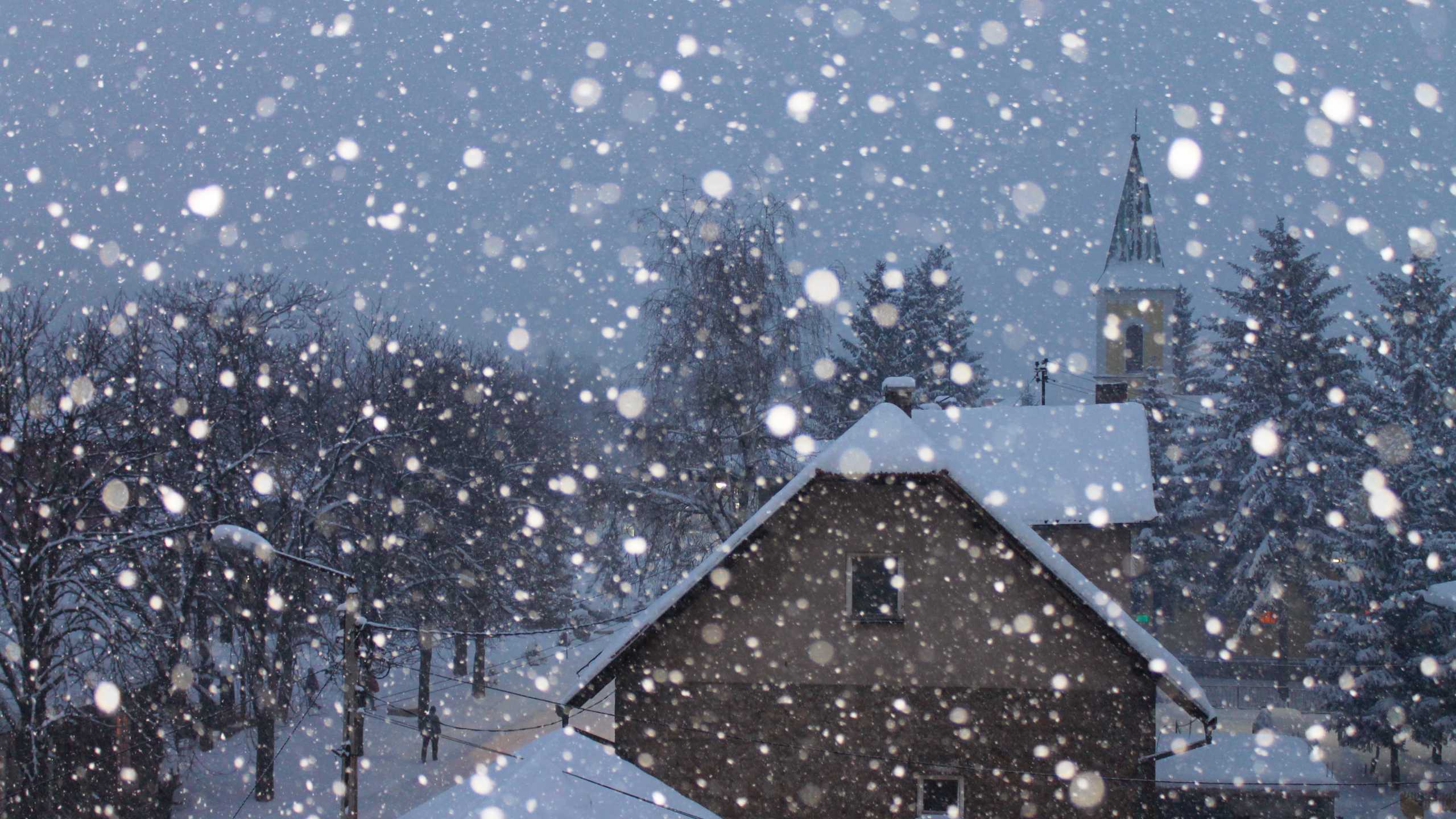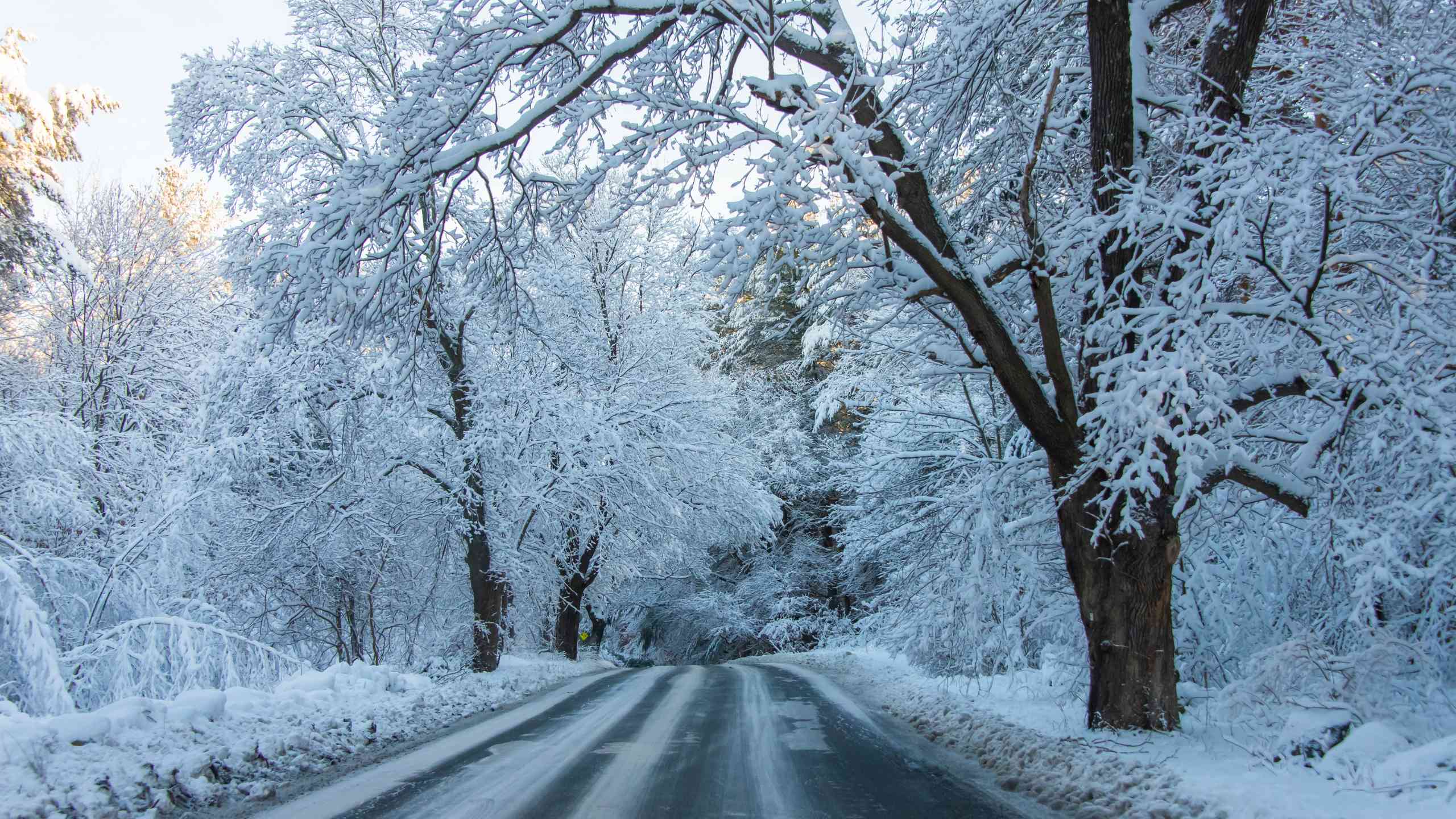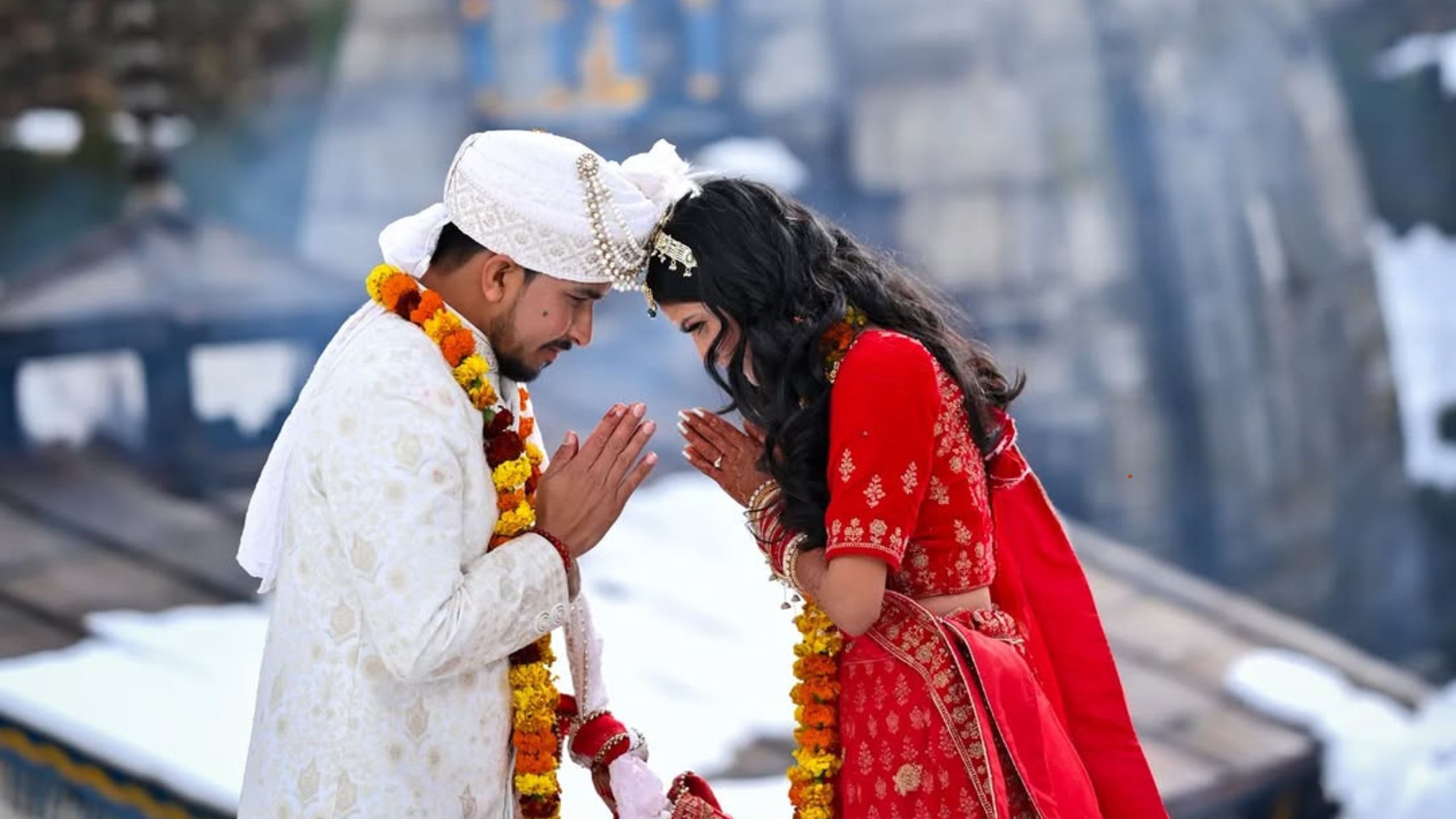Get Out of the Ordinary: Find the Greatest Destinations In India, during the monsoon
Have you ever pictured India as a rich, colourful tapestry of green, touched by rain and enveloped in mist, rather than as a sunburnt country with heat waves and dusty plains? From June to September, the Indian monsoon season offers a raw, romantic, and completely captivating view of the nation.
For those who want to witness India’s natural splendour in its most pristine state, the rainy season is still one of the best-kept secrets, even though many tourists visit the nation during the milder months. At this season, hills turn bright green, rivers overflow with newly discovered life, and the air is filled with the earthy, distinctive smell of petrichor, which is the result of rain on dry land. The entire nation becomes a canvas created by the monsoon’s touch when the temperatures drop and the dust settles.
The finest aspect? In India, monsoon travel is frequently less expensive and has fewer tourists. You have the unique opportunity to see some of the most well-known locations in solitude, free from crowds of tourists, when there are less visitors. Imagine yourself walking through misty ruins or standing by yourself in a forest as showers gently patter on the leaves overhead.
It’s also a very romantic time of year, perfect for cosying up in a mountain lodge surrounded by rolling mist or drinking hot chai while the rain bangs softly against the windows. The monsoon is more than just a season; it’s a holistic experience when you include the local celebrations and regional festivals that take place throughout these months.
Why the Monsoon Season Could Become Your Favourite Time of Year to Travel
Also Read: Best places to visit in India during monsoon
The Indian monsoon presents a strong argument if you’re thinking about forgoing your beach holiday or dry desert hike in favour of something a bit more unusual. The monsoon has a very restorative and calming effect. It nourishes the earth and appears to slow down time, beckoning you to stop, take a deep breath, and enjoy the natural rhythms.
Almost instantly, landscapes change: farmlands extend eternally in every possible shade of green, waterfalls thunder into life, and rivers spring from the mountains.
Locals have more time to share meals, customs, and tales when there are less tourists, and you may enjoy the peace and charm of well-known locations without the typical bustle. The monsoon offers an opportunity to experience India as a traveler who is willing to interact with the country and its rhythms, rather than just as a tourist.
Naturally, some preparation is necessary for wise travel during the monsoon. Not every location is perfect; some have landslides or a lot of rain. However, there are huge advantages for those who are prepared to follow their gut.
India’s Top Places to Visit in the Monsoon
The Western Ghats: The Verdant Heartbeat of India
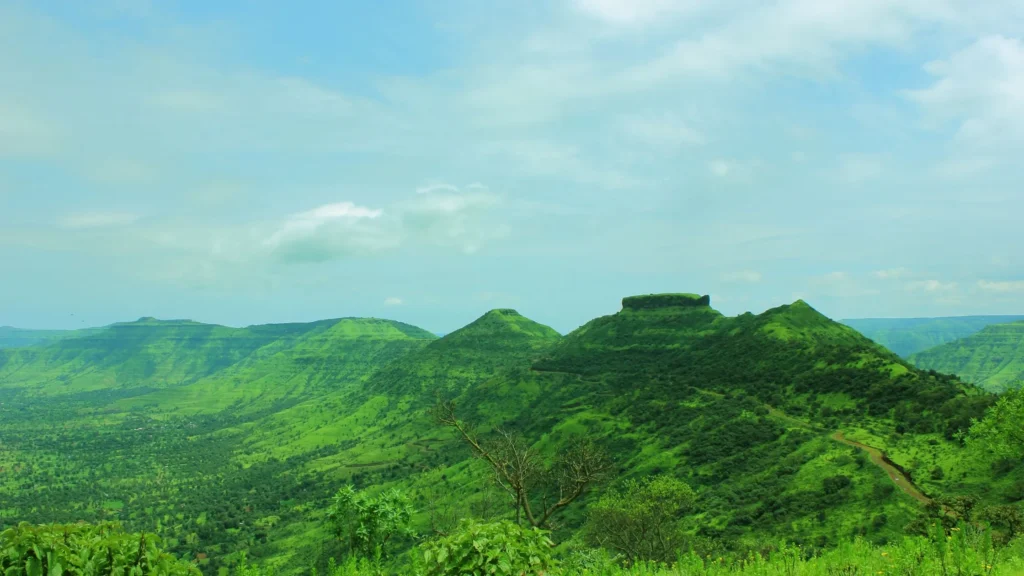
During the monsoon season, the Western Ghats, which span Kerala, Karnataka, and Maharashtra, are a paradise. Cloud-draped hills, green woods, and cascading waterfalls abound in this ancient mountain range. With tea gardens shimmering in the rain and waterfalls like Attukal and Lakkam thundering down the hillsides, Munnar in Kerala transforms into a charming getaway. You can discover the wildlife of Eravikulam National Park, stroll through misty farms, or simply relax with a cup of fresh tea there. With its shimmering tea gardens, the revived beauty of Meenmutty and Soochipara waterfalls, and the monsoon festival “Splash,” Wayanad, farther north in Kerala, provides an equally captivating getaway.
Coorg in Karnataka, sometimes known as the “Scotland of India,” is a picture-perfect setting. A mystical atmosphere is created by rolling hills covered in coffee and spice farms, cascades like Abbey and Iruppu Falls in full force, and the distinct scent of roasted coffee and moist earth. Lonavala and Mahabaleshwar in Maharashtra, which are both near Mumbai and Pune, are well-liked destinations for city people seeking a short monsoon vacation. With foggy forts like Rajmachi, seasonal waterfalls cascading beside highways, and expansive vantage points like Arthur’s Seat providing breath-taking views, it’s simple to understand why these locations are so popular.
Meghalaya: The Northeast’s Rain-Kissed Heaven
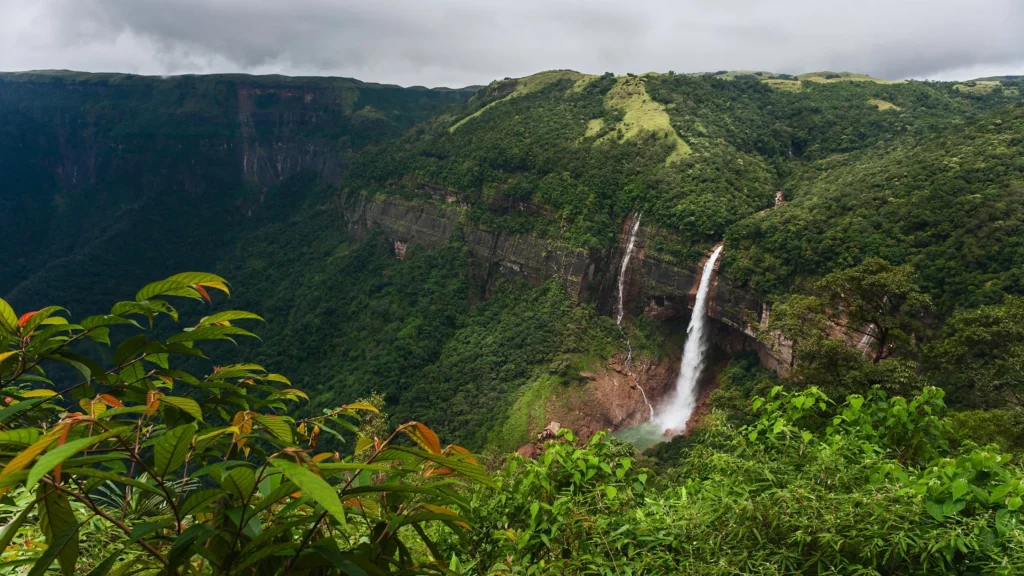
Meghalaya—which translates to “the abode of clouds”—is the ideal destination if you want to fully experience the monsoon. With some of the world’s heaviest rainfall, this northeastern jewel becomes a verdant, foggy wonderland during the monsoon season. Rain is a renowned feature of Cherrapunji and Mawsynram, but far than discouraging visitors, the intense downpours make the trip more enjoyable. There is a weird, otherworldly allure to the famous living root bridges, which are naturally formed by entwining roots over decades, and waterfalls like Nohkalikai and Seven Sisters that thunder down cliffs. You will always treasure the moment you spend sipping local tea in a wooden cabin while watching the mist swirl over the mountains.
Rajasthan: The Surprising Green Transformation of a Desert
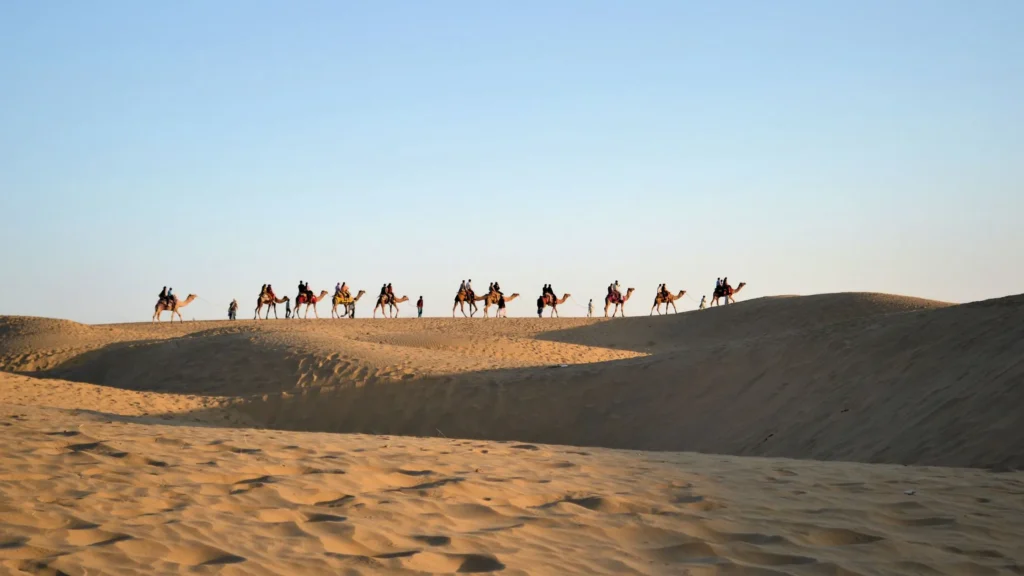
Known for its royal splendour and desert beauty, Rajasthan astonishes tourists with a revitalising metamorphosis during the monsoon season. As the Aravalli hills become lush and the city’s palaces and lakes sparkle beneath gloomy sky, Udaipur—often referred to as the “City of Lakes”—becomes a romantic getaway. Rainwater causes Lake Pichola to rise, and locations such as Sajjangarh Palace—also known as the Monsoon Palace—offer expansive vistas of the soggy cityscape. With its rain-fed Nakki Lake, picturesque vistas, and serene Dilwara Temples, Mount Abu, Rajasthan’s lone hill station, transforms into a serene haven that seems to be in an other planet.
Himalayan Peaks: Rain-Free Retreats in the Shadow of the Monsoon
Although landslides are common in much of the Himalayan region during the monsoon season, certain rain-shadowed regions remain remarkably dry and hospitable. Jammu & Kashmir’s Ladakh is one such location. Because of its unusual topography, which protects it from heavy rainfall, July through early September is the best time of year to visit. Ladakh is simply stunning with its bleak, lunar-like scenery, turquoise lakes like Pangong Tso and Tso Moriri, and historic Buddhist monasteries atop towering cliffs.
A comparable experience can be had in Himachal Pradesh’s Spiti Valley. The rains that pelt other parts of Himachal typically do not affect this high-altitude desert region. With its breathtaking scenery, rocky roads, and centuries-old gompas (monasteries), Spiti is best visited during the monsoon season. In contrast, Uttarakhand’s Valley of Flowers is a riot of colour during this season. At this UNESCO World Heritage Site, which is surrounded by alpine meadows and misty peaks, a colourful display of wildflowers blooms from mid-July to August. Both hikers and nature lovers will find it to be a once-in-a-lifetime experience.
Travel Advice: Keeping Alert and Secure While on Monsoon Adventures
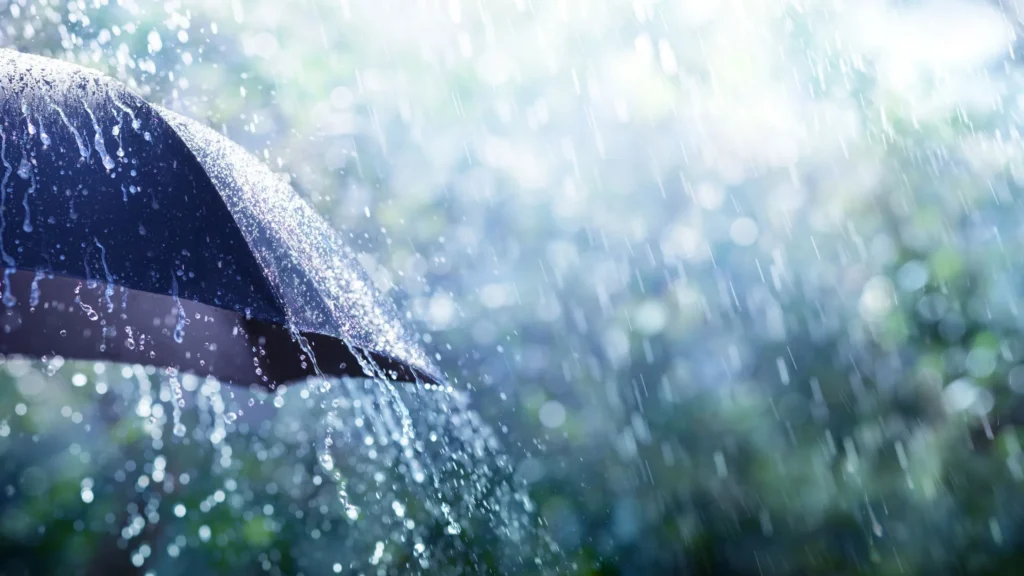
Even if travelling during the monsoon season is enjoyable, it can be safer and more seamless if you prepare a little. Before leaving, always check the weather forecast and any travel advisories, especially in remote or hilly areas where road conditions may be affected by heavy rains. Pack sensibly: moisture-wicking clothing, waterproof bags, and lightweight rain gear are necessary. Insect repellents, basic first aid kits, and footwear with adequate traction are essential. Use ziplock bags to protect your electronics, drink bottled or filtered water to stay hydrated, and use caution when eating street food; choose freshly prepared meals from hygienic locations.
Avoid driving at night and drive with additional caution, especially in steep terrain. Above everything, be adaptable. Travelling during the monsoon season typically offers a lovely degree of uncertainty; plans may alter, but it’s frequently in those spontaneous moments that the monsoon’s actual enchantment is revealed.
In conclusion, let the rains guide you.
Monsoon travel in India is a sensory awakening rather than just a vacation. Rainfall not only clears the earth of dust but also reveals secrets, experiences, and stories that aren’t available during other seasons. The monsoon season provides an opportunity to leave the norm and rediscover India, whether you’re exploring rain-shadowed Himalayan regions, meandering through mist-covered tea plantations in the south, or taking in the desert bloom in Rajasthan. Prepare to explore India’s emerald season in all its enchanted, rain-soaked splendour by packing your luggage and following the clouds.


